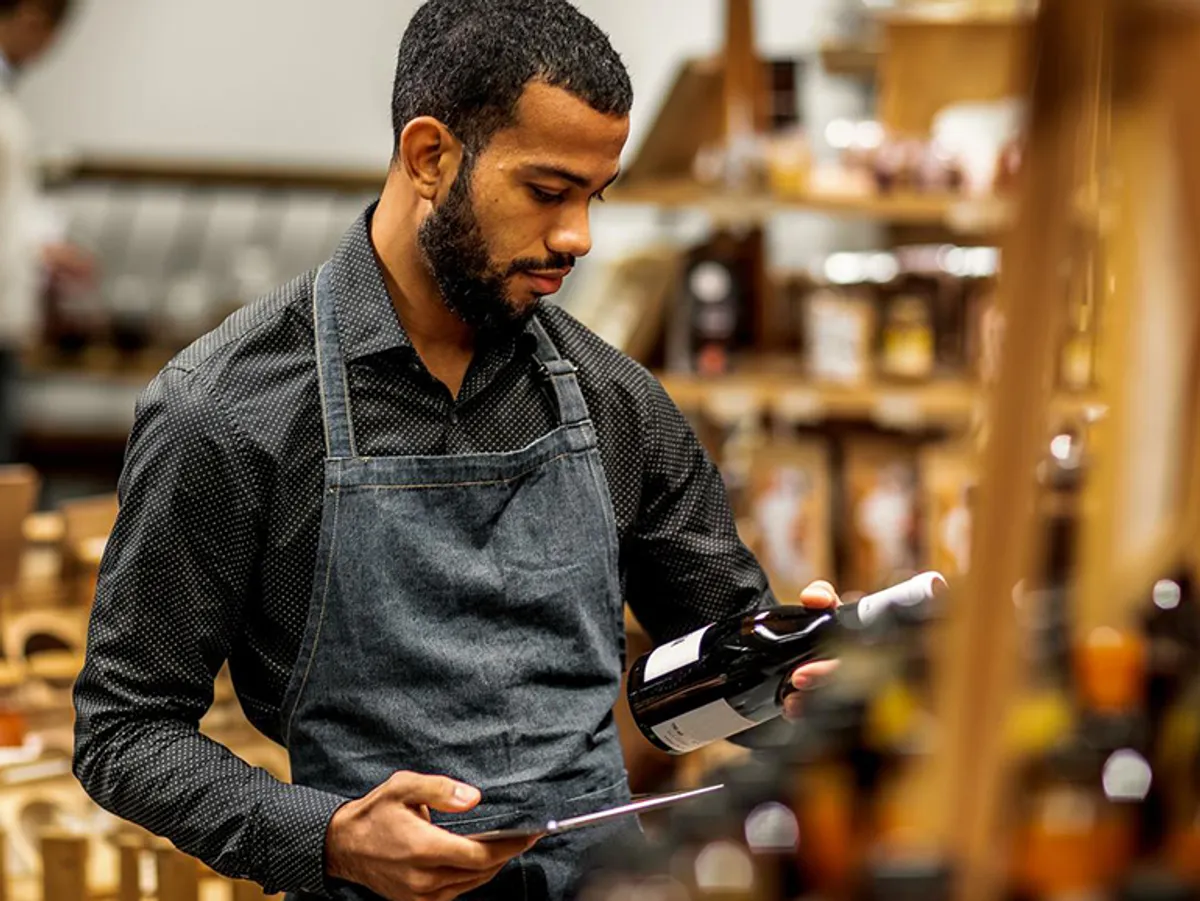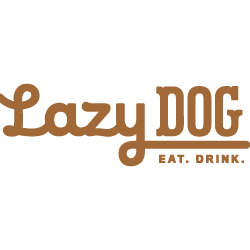Mejia was familiar with VoIP phone systems from previous employers, but this time he didn’t just want VoIP: he wanted a solution that was in the cloud and “above the store.”
“Our rapid growth brought a level of urgency to the issue,” he explains. “There was no time to keep fixing things on our old system. It was time to move forward and resolve the situation.”
Mejia sought advice from TDC Technologies, an Orange County-based telecom agent that helps IT executives reduce their telecom operating expenses and eliminate the complexity of managing their telecom business. In this case, they advised Mejia to consider 8x8 and one other cloud-based competitor.
“We evaluated both solutions, and 8x8 was clearly the better one,” says Mejia. “It was easier to install, easier to use, and provided all the features we needed at a very attractive price.”
In May 2014, Lazy Dog deployed 8x8 at its new restaurant in Oxnard, California. Mejia wanted to perfect the service there before rolling it out more widely. He quickly identified some special configuration changes required for the restaurant environment.
“Restaurants do not operate the same way a standard business office does,” says Mejia. “Employees are highly mobile and not sitting at their desks. We answer customer calls in real time, and don’t rely on voicemail. Our 8x8 phone system had to align with those needs.”
Lazy Dog engaged 8x8 to make the configuration changes. Within two weeks, the restaurant’s new phone system was ready.
“We were amazed at how quickly 8x8 was able to reengineer the backbone of their system and customize it for the restaurant environment!” says Mejia. “The 8x8 tech team bent over backwards to implement the special programming we needed.”
With the Oxnard store up and running smoothly, Mejia proceeded with the rest of the rollout. He and team took a “layered” approach, making sure each store location had robust Internet connectivity and sufficient network bandwidth before adding in 8x8 phone service.
At corporate headquarters, Mejia phased in the service at an even more granular level, starting with a small test group before deploying across the entire office. By October 2014, all Lazy Dog locations were seamlessly united on the 8x8 telephony platform.
An immediate benefit of the new 8x8 phone system is that toll- and long distance charges for the growing organization have been eliminated, saving Lazy Dog 30–40 percent a month. Another important benefit is that costs are now much more predictable.
“8x8 took a highly variable monthly cost and made it consistent within 10 percent,” says Mejia. “That’s huge in terms of helping us budget for current operations and for upcoming expansions.”
Better sustainability and supportability are also key benefits, from Mejia’s perspective as an IT executive. For example, recently an accident forced the closure of one restaurant. In just a few minutes, Mejia’s IT team recorded a special “out of office” message for that location.
“Before 8x8, it would have taken us HOURS to make the configuration changes necessary to play a different outgoing message,” he says. “And most likely we would have had to pay a technician to come in and help us do it. 8x8 gives us back control of our phone system, so we can make changes on the fly when we need to.”
Users at Lazy Dog’s corporate headquarters are using 8x8’s advanced business features “robustly,” notes Mejia. Employees can now chat, call, videoconference, and add people to conferences with a few clicks or keystrokes.
The presence detection feature included with 8x8 service lets the receptionist see who is available and who is busy when callers ask to be transferred. A cordless headset enables her to multitask by moving around the office freely while still being able to answer incoming calls.
Features such as the mobile app for iOS and Android devices, call forwarding, and ring groups help ensure that calls are answered live whenever possible. Mobile users often rely on the 8x8 mobile app to make and answer calls on their smartphones as if they were at the office. Other users forward calls from their desk phones to their cell phones whenever they are out of the office. Some departments set up ring groups so that all desk phones ring when a call comes in, ensuring that someone will answer it.
“Our previous system didn’t provide many of these modern phone features,” says Mejia. “The 8x8 system gives us much more flexibility in handling calls. Individual employees and departments can set up the phone features they need in whatever way makes most sense for them.”
The expanding geographical distribution of Lazy Dog restaurants has resulted in a more distributed workforce as well. Some corporate employees live a considerable distance from the Huntington Beach headquarters. With 8x8, that’s not a problem for the organization.
“It’s easy for people to work remotely with 8x8,” says Mejia. “They just take their desk phones home and plug them in there. They can answer calls and contact coworkers as if they were physically in the office. 8x8 gives us the power to work no matter where we are.”
Another popular feature among corporate employees is email notification of voicemail. In Mejia’s view, this feature has tripled users’ ability to access information.
“Thanks to 8x8, we can access voicemail from our desk phones, cell phones, or email,” he explains. “The notification even includes the message as an attachment, so we can hear it without dialing into voicemail. It’s almost impossible to miss a message now.” Virtual PBX Template Accelerates Store Openings Each Lazy Dog store has an individual virtual PBX, based on an 8x8 template. By copying that template for each new restaurant, Mejia’s team has significantly accelerated the opening the new locations across the U.S.
“The template gives us a big head start in setting up new stores, because 90% of it is our standard configuration,” he says. “That means we only have to modify about 10% with store-specific changes. By the time the new phones arrive, we’re ready to open the store.”
Looking back at Lazy Dog’s previous premises-based phone system, Mejia once again raises the issue of control.
“We used to have to pay an outside company to configure and install features and equipment for us,” he says. “With 8x8, we are truly the owners of our phone system, and we know it inside out.”
But the benefit he sees extends far beyond IT issues of supportability and scalability.
“Our 8x8 phone system has brought uniformity throughout our organization, even with employees who are mobile or working remotely. It’s also enabled us to give customers a consistently high-level experience. In the restaurant industry, that’s essential to long-term success.”




